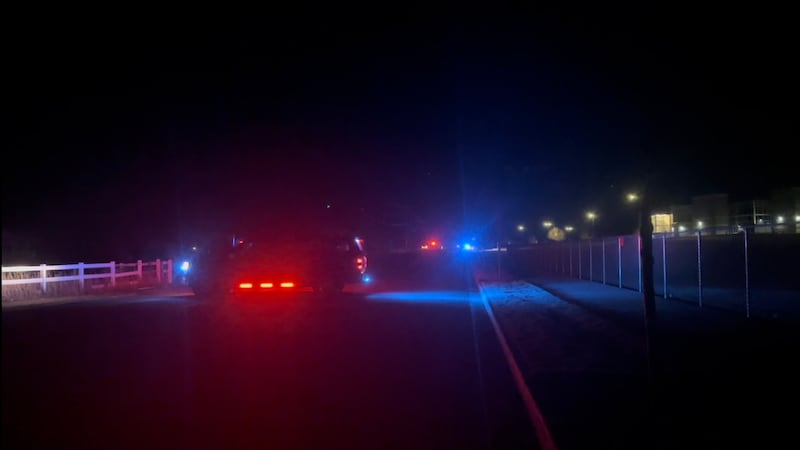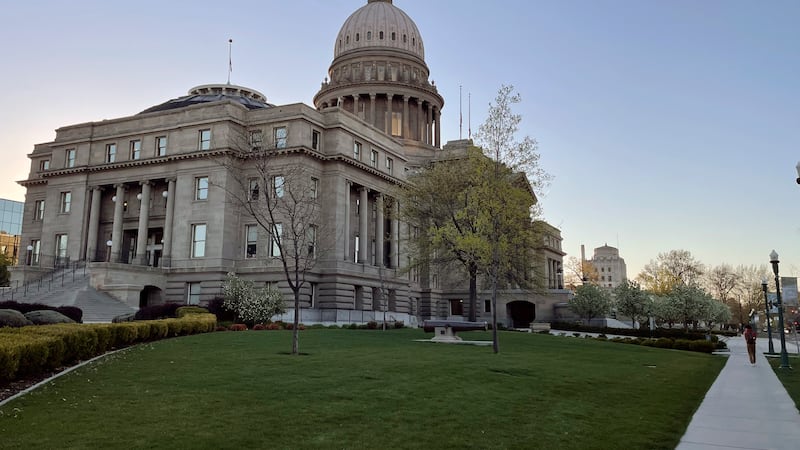Push to get AEDs in Idaho Schools
TWIN FALLS, Idaho (KMVT/KSVT) — Each year, around 2,000 children in the United States die of sudden cardiac arrest, according to the CDC. Proper training and equipment can help prevent that.
Automated External Defibrillators (AEDs) have saved many people suffering from cardiac arrest, but a recent report by Investigate TV found that only 16 states in the country require schools to have AED’s on campus and Idaho is not one of them. According to the American Heart Association of Idaho, it’s often a funding issue.
“Slowly, we’re working on how to get sponsorships or funding through the Department of Education, to get AEDs in the schools,” said Erin Bennett. “Or other types of sources, you know, grants from the federal government that may be able to help us. "
Erin Bennett, with the American Heart Association, says there are roughly 175 high schools in our state, and at $1,500 per AED that adds up quick-- totaling between $250,000 and $300,000. But not paying that cost can come with an even bigger price.
The National Institute of Health reports that the survival rate for student-athletes with sudden cardiac arrest is typically 68%, but with AEDs that survival rate goes up to 80%. Fortunately, some Magic Valley schools already have this safety measure in place.
“We had a few AEDs in the district most of them were housed in our high schools where student athletes are participating,” said Ryan Bowman. “We looked and felt like there was a need to have those in all of our buildings.”
Ryan Bowman with the Twin Falls School District says back in 2018, the district decided to place AEDs in all 16 schools. Bowman says it took a lot of funding through grants and taxes.
The American Heart Association of Idaho says it started conversations with state lawmakers over the past year on how to get funding to place these life-saving devices at all high schools in the state.
“One of the biggest challenges a lot of times with legislations like this is what is the fiscal impact,” said Rep. Lance Clow.
“And the fiscal impact is not $1,500 dollars for one device but is it $1,500 x 750 school buildings? Or is it going to be 150 districts, and do we have one device in each building? So, it gets more costly when it gets to that stage.”
Idaho Rep. Lance Clow, R-District 24, says that although there’s no law requiring AEDs in schools, the state does require CPR training and education of students.
Copyright 2024 KMVT. All rights reserved.















